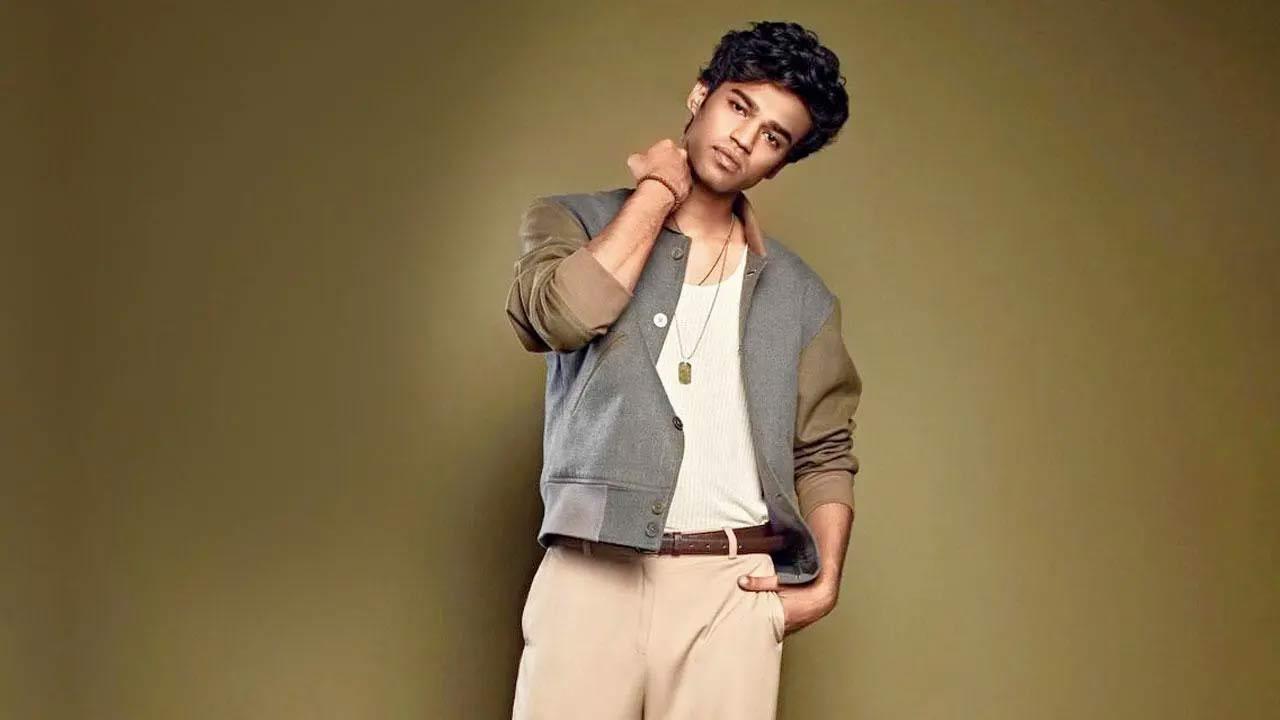
Steven Zaillian’s rendition of ‘Ripley’ delivers a visual journey that starkly contrasts with Anthony Minghella’s 1999 colorful depiction of the same source material. This series, bathed entirely in the stark contrasts of black and white, with a single arresting dash of red, sets itself apart as a distinct retelling of Patricia Highsmith’s renowned 1955 novel. The previous adaptation, with Matt Damon at the helm as the cunning Tom Ripley, was an opulent affair, rich in late ’50s allure and the sun-kissed luxury of the jet-setting elite, featuring heavyweights like Jude Law, Gwyneth Paltrow, Cate Blanchett, and Philip Seymour Hoffman.
However, Zaillian, who pulls double duty as both writer and director of the series, draws inspiration from his monochromatic book cover, emphasizing the narrative’s dark undertones. Zaillian’s creative choice evokes a looming sense of dread that skews from Minghella’s sun-drenched interpretation of evil’s subtleties—a serene surface with a rotten core—a sentiment akin to a maggot within the ripest apple, which from a naturalist’s perspective is paradoxically beneficial.
‘Ripley’ opens with a chilling prelude—a body being dragged down a staircase—which sets the tone for the psychological thriller. The plot then shifts to 1960s New York, where we meet Tom Ripley, portrayed by Andrew Scott, living in squalor and scraping by on petty scams. When a detective appears at his door, Ripley suspects his past misdeeds have finally caught up with him; however, the plot takes an unexpected turn as the detective is revealed to be an envoy of the wealthy shipping magnate Herbert Greenleaf, played by Kenneth Lonergan.
Greenleaf’s reason for seeking Tom is personal. He tasks Ripley with retrieving his wayward son, Dickie (Johnny Flynn), a trust fund prodigal squandering his wealth on European travels, pursuing his dreams of writing and artistry. Acting on a mistaken belief that Tom and Dickie are acquainted, he offers to cover all expenses if Tom convinces Dickie to return stateside. Tom, seizing the golden opportunity, heads for Atrani, on the picturesque Amalfi Coast.
There, Tom’s chance encounter with Dickie, who remains unaware of their faux connection, and his girlfriend Marge Sherwood (Dakota Fanning), a writer, presents him with a glimpse of the extravagant life. This taste of luxury is one Tom is loathe to relinquish; it fuels his desperation to hold onto every symbol of affluence—the beautiful pen, the Rolex, the Ferragamo shoes, the Picasso—at any cost, even murder.
The series is ripe with symbolism, from the arduous steps to the often defective yet beautiful elevator, portraying Tom’s aspirations and ambitions. His shadow ominously casts over Dickie at their beachside meeting, foreshadowing the sinister path Tom is set to tread.
A deep undercurrent of the series is its connection to Caravaggio, the infamous Italian painter known for his chiaroscuro technique, mirroring the series’ visual dichotomy. Tom’s journey parallels that of Caravaggio, especially in his later years, punctuated by crime and flight—his transience through Naples, Malta, and Sicily, culminating in an evocative portrayal where Tom even begins to physically embody the artist in Venice.
Further to this is the poignant depiction of Caravaggio’s “David and Goliath” painting, elaborated on by a Vienna docent, which shows an eerie likeness between killer and victim—a duality that resonates with Ripley’s plight. This specific artwork, alongside the operatic jazz score, amplifies Zaillian’s narrative, enwoven amidst the grand sculptures, desolate columns, roaring statues, and the convergence of luxury and decay under the unforgiving Italian sun.
At the center of this intricate web of deceit is Andrew Scott’s tour-de-force performance as Tom Ripley. His chilling portrayal, underscored by predatory smiles and unfocused gazes, cements him as a character to avoid, yet paradoxically, holds viewers enthralled, guiltily rooting for his success. Scott’s performance overshadows even the formidable talents of Eliot Sumner, Maurizio Lombardi, and John Malkovich, relegating them to the background of Ripley’s twisted saga.
‘Ripley,’ bolstered by its suspenseful narrative, breathtaking locales, and the magnetism of Scott’s performance, is a contemporary masterpiece of intrigue that has found its home on Netflix, where worldwide audiences can experience this remarkable cinematic venture.










